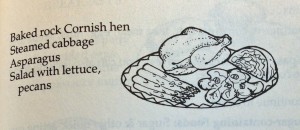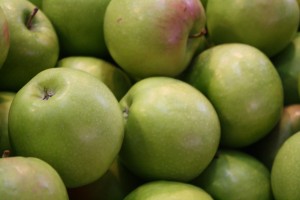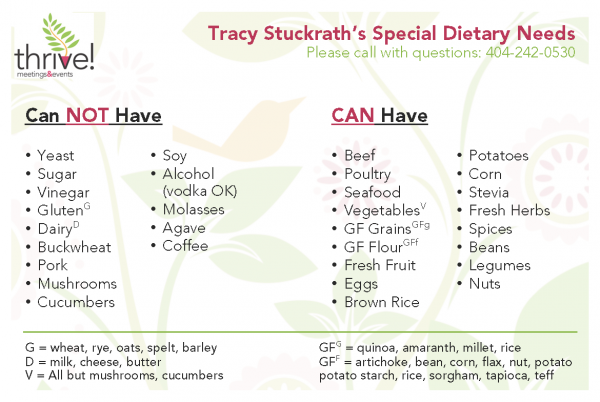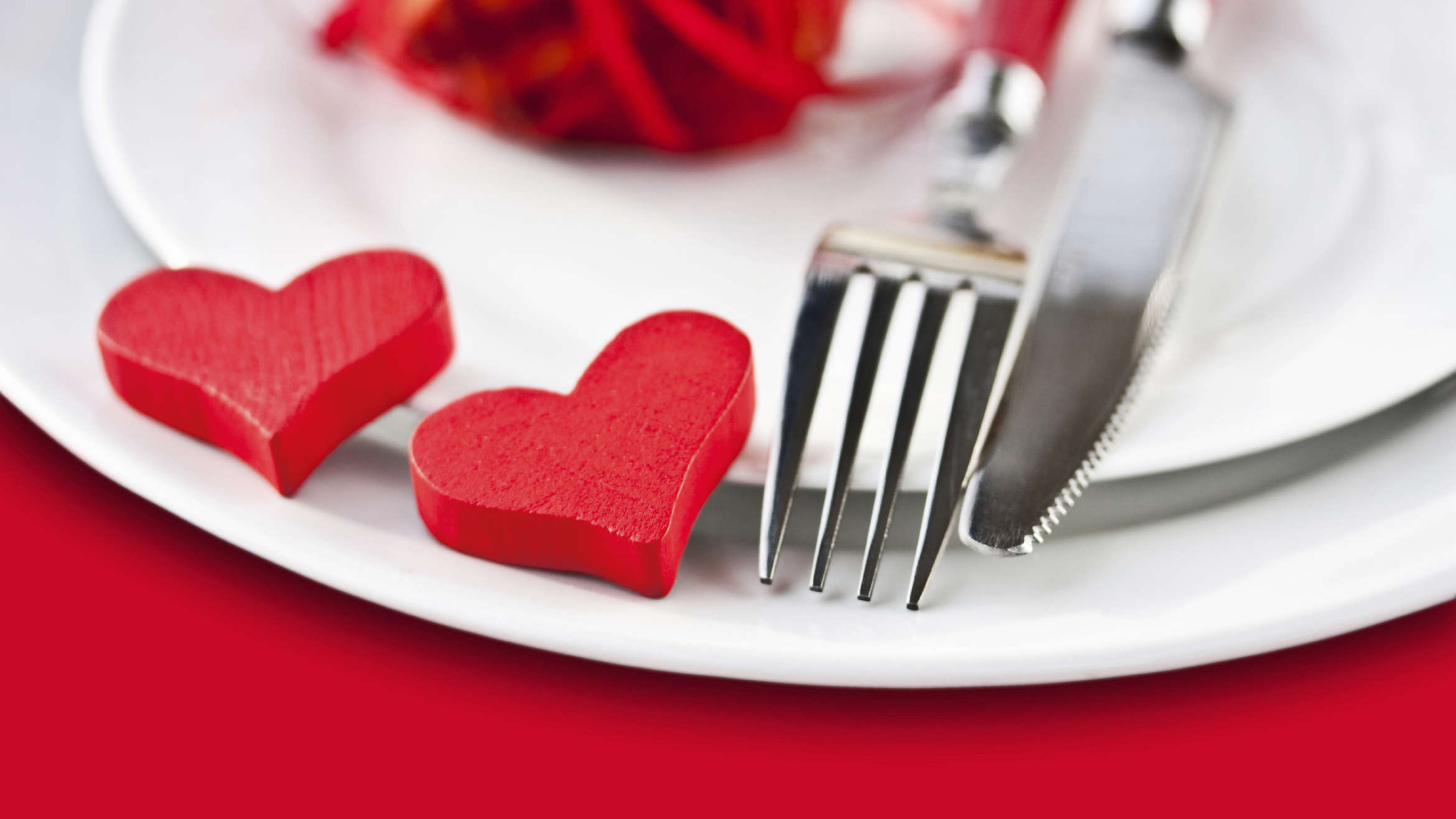When I was diagnosed with an allergy to yeast 10 years ago, I immediately went out and bought the “Yeast Connection” by William Crook, MD, which was recommended by a friend. It explains how to suspect, identify and overcome chronic health problems related to yeast.
I wanted to be better – no more chronic sinus infections, cysts, hives, gas, bloating, menopause symptoms at 30, lethargy and more — so I went cold turkey avoiding the list of foods on the “MUST Avoid” list.
Unfortunately neither the food illustrations nor the recipes in it or other Candida-diet books did anything to support great looking, tasty foods you could eat. They actually made them look less appetizing.


Although I’m sure I did, I don’t remember really paying attention to the list of foods you “can eat freely” or “eat cautiously.” Instead, I recall eating tons of green apples, blueberries, almond butter, Whole Foods-prepared hummus (before I knew how easy it is to make) and blue corn chips. I remember cutting out tons of recipes in Women’s Health, Natural Health and Health magazine that were “free” of items on the “MUST avoid” list but sounded delicious. I never went hungry, but I always felt I was somehow deprived. My food behavior centered around avoidance and the sense of loss that accompanies it rather than a sense of indulgence and joy in delicious meals that were designed to be healthy for me.
It was not until about five years into eating yeast-free that all those recipes I cut out and the idea of eating healthy really sank in. I started taking classes and volunteering at The Cook’s Warehouse in Atlanta so I could learn how to cook. I signed up and attended the Institute of Integrative Nutrition. I began to find favorite dishes and make actual meals I loved eating and serving instead of just things to eat so I wouldn’t be hungry).
Whenever you look on medical sites and articles, they focus on what people with food allergies and other medical conditions needs to avoid so they don’t die or get sick. Yes, that is VERY important, but what I think is even more important is getting them out of the mindset that their lives are limited because they can’t have these certain foods. There are SO many other fabulous foods out there we can eat.

Today, I really focus on what I CAN eat. It opens up the possibilities and takes the negativity out of the lifestyle. I’ve come to really crave greens I had never eaten– kale (my favorite), collard greens, Swiss chard, spinach – want to cook root vegetables – beets (yum!), parsnips, turnips, rutabagas, carrots – learn alternative ways to create sweets (this recipe Salted Caramel Chocolate Chip Brownies from Wolf and Willow is delicious), and use alternative grains (quinoa, millet, buckwheat, brown rice) in baking.
As an event planner, since being diagnosed with a food allergy, I’m even more conscious of what is being put in front of me and my guests or fellow attendees no matter what their dietary need. When we ask if participants have any dietary needs, we need to look at the positive side of the discussion and not think of it as a nuisance.
By serving them fantastic meals that fit into their dietary constraints, we’ll be helping them create a healthy relationship with the food they can eat and inspiring them to try brand new recipes themselves. And of course, the more ways we learn to meet their specific dietary regimens, the more professional versatility we gain for ourselves.


